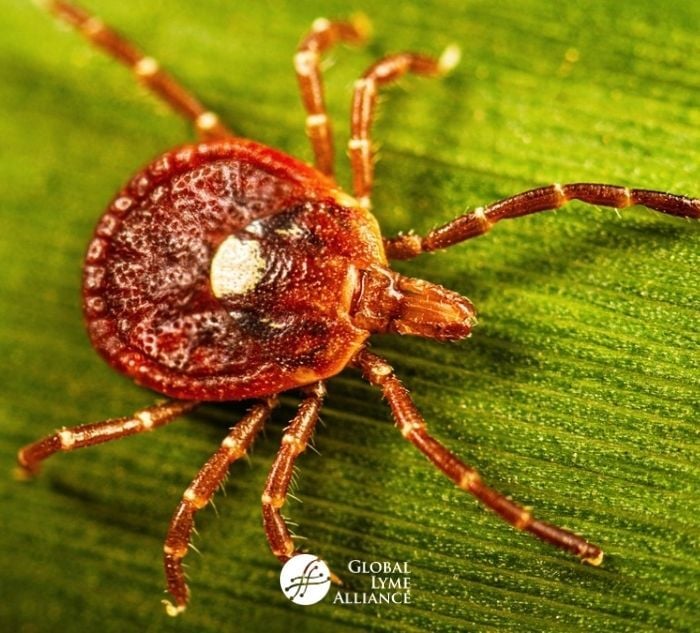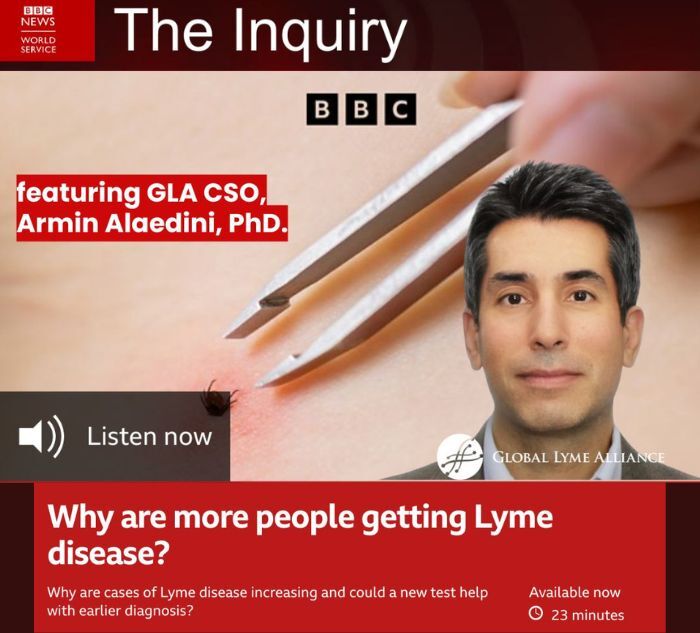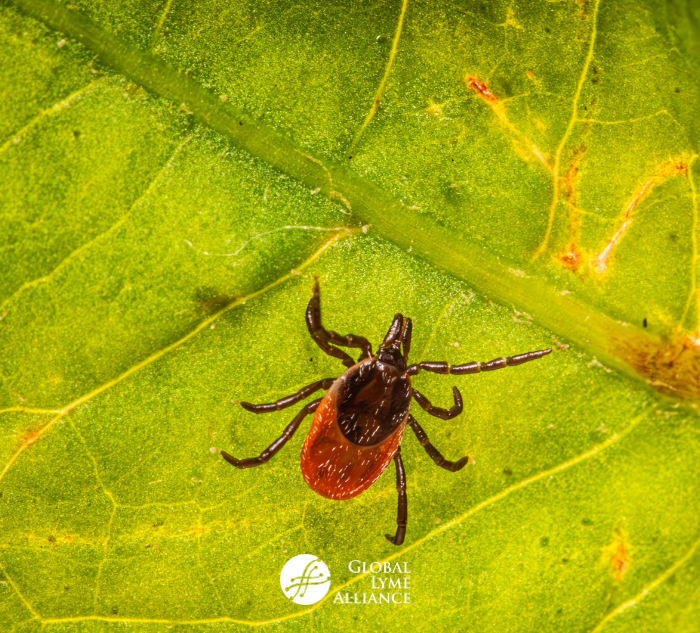
by Jennifer Crystal
Last week, I had the opportunity to talk about my experience as a Lyme patient with COVID-19 on a panel with leading Lyme specialist Dr. Daniel Cameron. Thank you to everyone who remotely attended the event! You asked so many good questions that we didn’t have time to answer them all. In this blog post, I’ll answer some of the questions that we weren’t able to get to.
You mentioned having a low-grade fever. What does low-grade mean? Is your body temperature normally low?
COVID-19 tends to present with a low-grade fever, 99.0-100.5 F, in mild cases. Cases become more serious the higher fevers spike. My doctor wanted to hear from me if my fever went above 100.5 F, but it did that only once, in the very beginning of my COVID-19 infection. In the five weeks since, it has hovered between 99.0-100.0 F, generally going up in the late afternoon or evening. Sometimes the fever goes away entirely for a few days but then comes back.
It’s a good idea to check your temperature twice a day before you’re sick with COVID-19, to get a sense of what your usual temperature range is. This is especially true for Lyme patients who may already be running regular low-grade fevers. For two years during the acute phase of my illness with Lyme and two of its co-infections babesia and ehrlichia, and Epstein-Barr virus, I had a 99.2 F fever every day. Now in remission, my usual body temperature is between 97.9-98.4 F, so I can really tell when it starts to creep up towards 99.0.
Is babesia different in its effects on susceptibility to COVID-19 than Lyme and other co-infections?
It may, but since COVID-19 is a novel virus, the research doesn’t yet exist for us to know empirically. Babesia is a parasite that drains oxygen from red blood cells. Because of COVID-19’s effect on the respiratory system and oxygen levels in the body, it’s natural to think that having babesia could affect one’s ability to fight COVID-19. When I was in an ambulance and being taken for a COVID-19 test, the EMTs got nervous when they heard I have babesia, and I suspect that’s what swayed their decision to wheel me inside the hospital to a quarantined room, rather than drop me outside at a COVID-19 testing tent. That said, my blood oxygen level (commonly referred to as “pulse ox”) was normal that day and has been normal throughout my convalescence (I check it daily at home). My peak flow (airflow output from my lungs) was low at first but it has been getting better over these weeks and is now normal, probably aided by the inhaler I’ve been taking since the onset of the COVID-19 infection.
It’s likely that my underlying tick-borne infections, and Epstein-Barr virus, have slowed my recovery from COVID-19, but we can’t yet say if babesia is a particular culprit in that delay. The good news is that COVID-19 does not seem to have caused a flare-up of my babesia symptoms. I have not had increased air hunger in my limbs; the air hunger of COVID-19 has literally been about not being able to get a deep breath from having compromised lungs. I have not had migraine headaches. I have had some night sweats, but that may be part of the COVID-19 shedding.
Can having COVID-19 at the same time as tick-borne illnesses slow recovery?
My primary care physician says I’m her longest-running COVID-19 patient, including those in the hospital, and suspects it’s because of my underlying infections. As of this writing, I have been sick with COVID-19 symptoms for 42 days. I am, however, making progress. I’m still coughing, mostly when I talk, but my shortness of breath is better. My sense of taste is almost fully back, and my sense of smell is slowly coming back. I can now smell strong scents like cleaning fluid and certain spices. My energy level is getting better. I haven’t had fever in a week, and I am hoping this is really the end of it. For me, recovery from COVID-19 has been a lot like recovery from Lyme; there have been ups and downs, but over the long-term, I can see forward progress.
With people being more aware of their health and documenting their symptoms, how do you think patient advocacy will change post-COVID-19?
Lyme patients are generally hyper-aware of their symptoms, which can change hourly, but people who don’t have underlying health issues are now becoming much more cognizant of their own health. That’s a good thing. People are paying attention to their body temperature, to every slight sniffle (which is not generally a COVID-19 symptom) or cough. People are documenting their symptoms so that they can chart them over time and report them to their doctors, something I have long encouraged Lyme patients to do.
Because of this heightened awareness, my hope is that people will become more mindful of their body’s changes and needs, and more capable of voicing concerns to their doctors. They might also be able to read their own bodies better, rather than rushing off to a doctor the minute they feel a little off. Lyme patients will perhaps become more attuned to which symptoms are Lyme-related and which aren’t. This is really important since we always need to consider other health issues beyond our one or more tick-borne illnesses.
Finally, my hope is that the global pandemic might help people better understand the seriousness of Lyme disease, which has more reported cases each year than HIV and breast cancer combined. I hope it will increase understanding of the physical, emotional, social, and financial hardships that occur from a long-term illness and the isolation convalescence brings.
Additional COVID-19 and Lyme Disease Resources:
Webinar: Lyme and COVID-19 Panel
GLA POV: Parallel Pandemics: COVID-19 and Lyme Disease
Blog: Q&A on COVID-19 and Lyme Disease with LLMD
Blog: Personal Patient Experience with COVID-19 and Lyme Disease
Letter: GLA CEO Addresses COVID-19 and GLA Community

Jennifer Crystal
Writer
Opinions expressed by contributors are their own. Jennifer Crystal is a writer and educator in Boston. Her work has appeared in local and national publications including Harvard Health Publishing and The Boston Globe. As a GLA columnist for over six years, her work on GLA.org has received mention in publications such as The New Yorker, weatherchannel.com, CQ Researcher, and ProHealth.com. Jennifer is a patient advocate who has dealt with chronic illness, including Lyme and other tick-borne infections. Her memoir, One Tick Stopped the Clock, was published by Legacy Book Press in 2024. Ten percent of proceeds from the book will go to Global Lyme Alliance. Contact her via email below.






